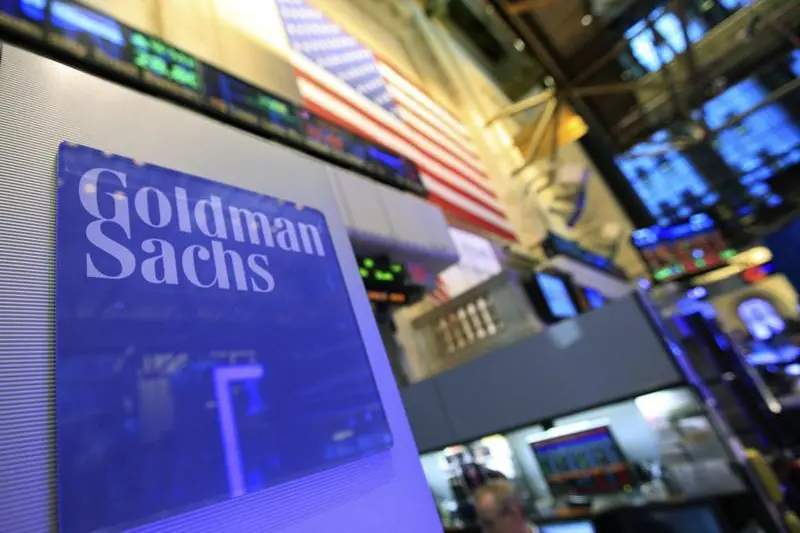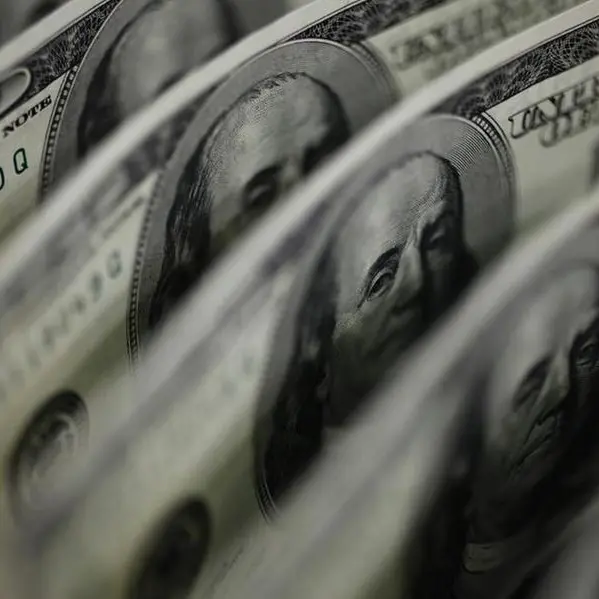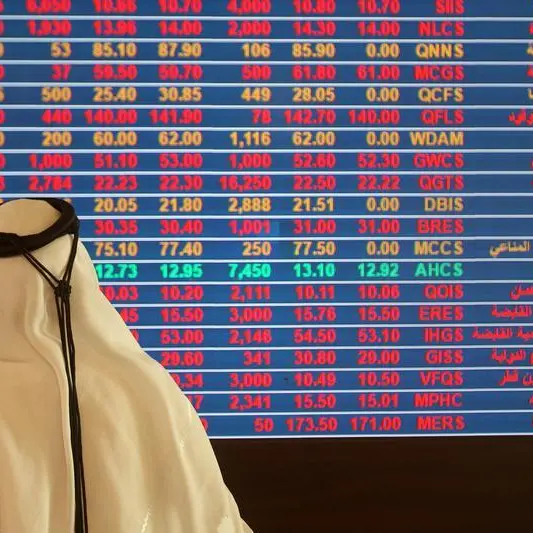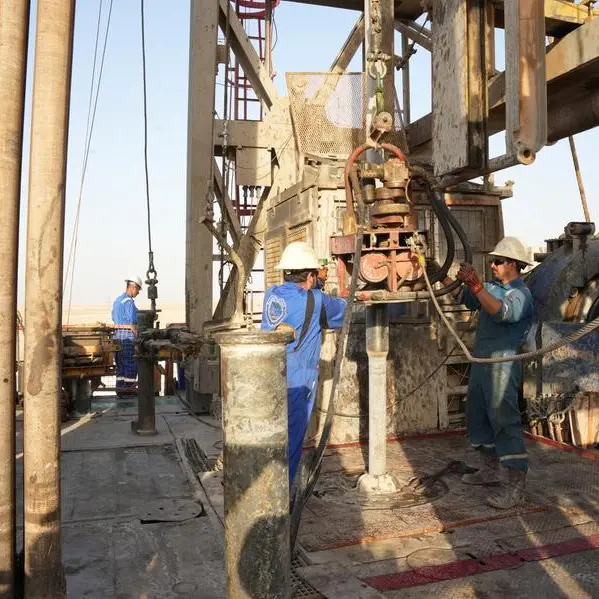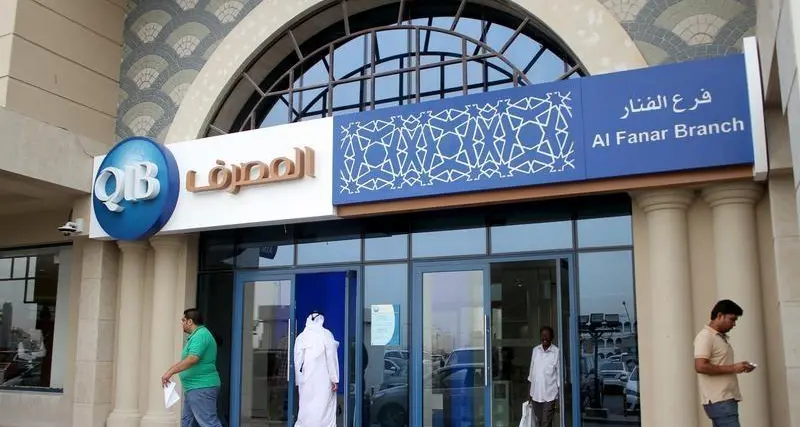PHOTO
LONDON- Emerging market credit could catch up with equities in the second half of the year during an anticipated recovery from the coronavirus market rout, Goldman Sachs analysts said in a research report.
Emerging market equity multiples are back to 2019 levels, while emerging market credit spreads remain near recessionary levels, the analysts said.
That divergence is an anomaly, they added in the report published on Sunday, as the two have generally moved in the same direction in the past.
"Growth data, of course, is still deeply weak across EM (apart from China), but as markets are bracing for economic recovery, we suspect EM credit does have significant catch-up room," the analysts wrote.
Emerging market credit was often the best performing asset class during the recovery phase of the economic cycle, which investors were anticipating for the second half of the year, they said.
The dislocation between equities and credit was partly due to the different country mix of the two, the report said, pointing out that Asia was a heavy contributor to MSCI's index of developing market shares, while the contribution from Central and Eastern Europe, the Middle East and Africa had fallen over recent years to 14%.
In contrast, Asia accounted for only 18% of JPMorgan's EMBI Global Diversified, in which Central and Eastern Europe, the Middle East and Africa countries were the most significant contributors.
Economic activity in China, which holds the largest weighting in the MSCI equity index, has shown patchy signs of recovery as social restrictions linked to the pandemic have eased earlier than many other parts of the world.
Although the EMBI collapsed by 14% in March, it returned 6.2% in May, the strongest performance in a month for emerging market sovereign credit since December 2008, ING noted in a separate report.
(Editing by Andrew Heavens) ((Tom.Arnold@thomsonreuters.com; +442075428510; Reuters Messaging: tom.arnold.thomsonreuters.com@reuters.net))
